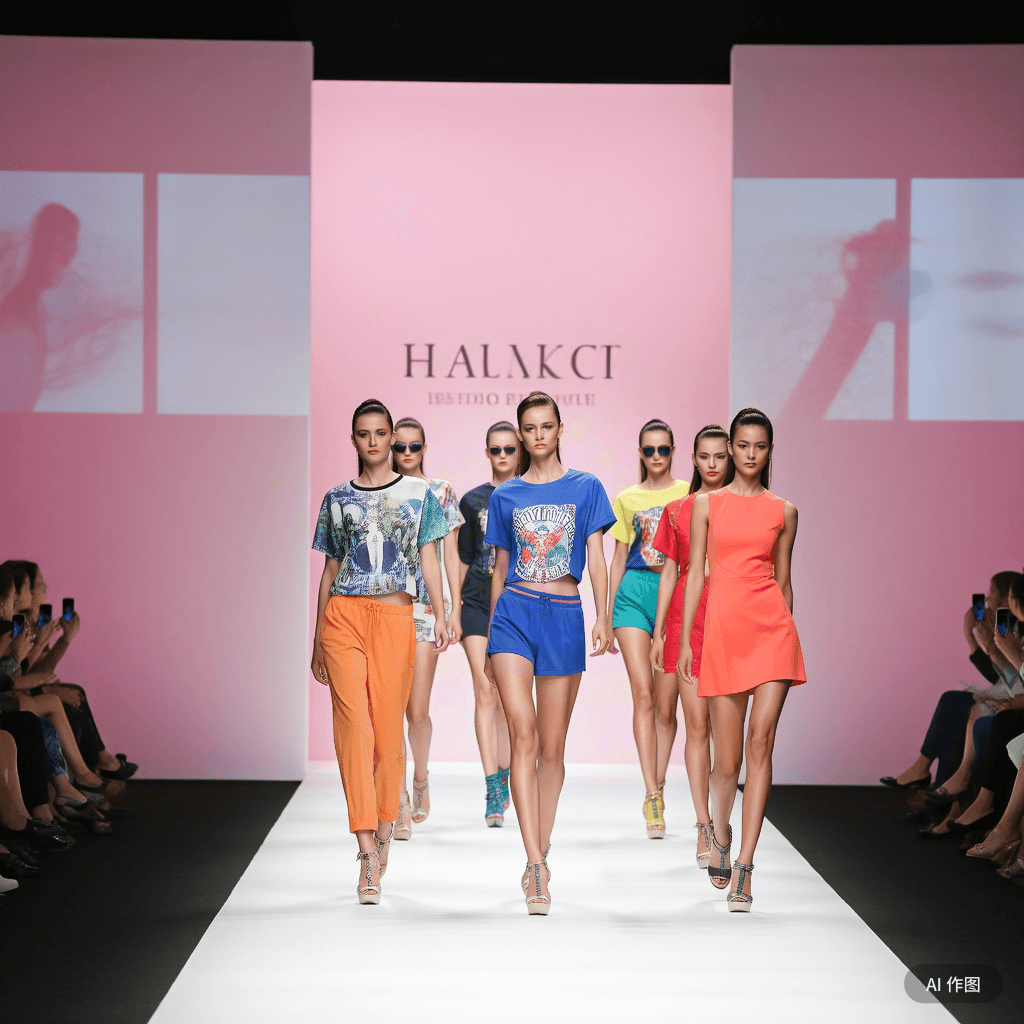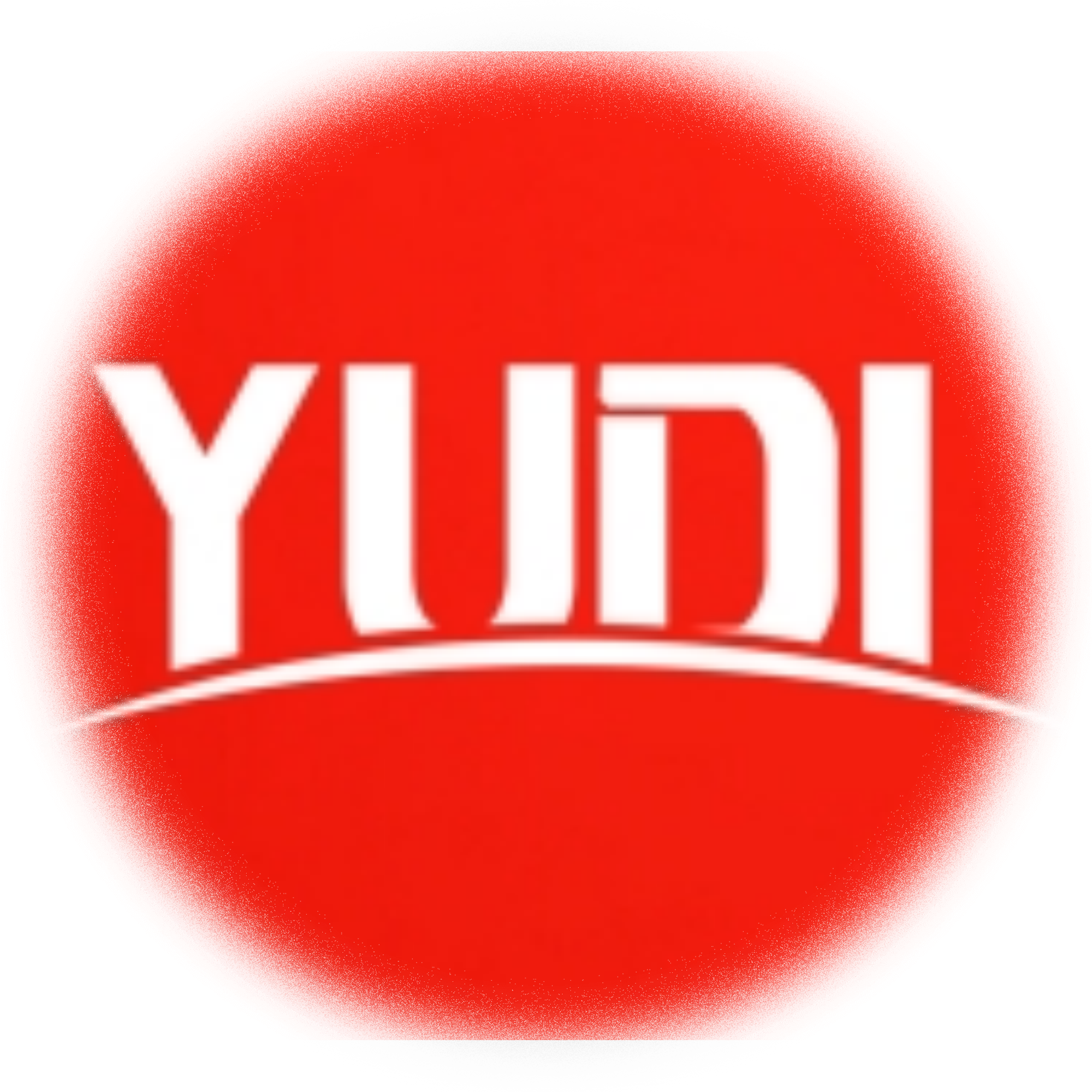
Introduction
In the hyper-competitive fashion industry, predicting trends with accuracy is no longer optional—it’s a survival skill. Brands that master data-driven fashion trend forecasting gain a competitive edge, align with target audience preferences, and reduce costly design mistakes. This guide reveals 7 actionable strategies used by industry leaders, backed by consumer behavior analytics and real-world case studies.
1. Analyze Runway Shows & Fashion Weeks for Early Signals
Pro Tip:
Track recurring themes across New York, Paris, Milan, and Tokyo Fashion Weeks (e.g., 62% of 2024 SS collections featured bold neon accents).
Use AI-powered trend forecasting services like WGSN or Heuritech to decode patterns in silhouettes, fabrics, and color palettes.
2. Mine Social Media & Influencer Data with AI Tools
Action Steps:
Use Instagram Insights and TikTok Creative Center to track viral hashtags (#cottagecore2024 up 180% YoY).
Leverage Pinterest Predicts reports for rising search terms (e.g., “metallic joggers” +230%).
3. Partner with Trend Forecasting Experts
Why It Works:
Access proprietary data from Pantone Color Institute (2024 Color of the Year: Peach Fuzz) or Drapers Market Reports.
4. Decode Consumer Psychology Through Behavioral Data
Data-Driven Tactics:
Conduct Google Trends analysis (e.g., “quiet luxury” searches up 300% since 2022).
Implement heatmap tracking on product pages to identify design preferences.
5. Study Historical Cycles & Vintage Revivals
Pattern Recognition:
1990s minimalism → 2024’s “clean girl” aesthetic
1970s flares → 2023’s wide-leg denim boom
6. Scout Emerging Designers & Micro-Trends
Global Hotspots:
London’s Central Saint Martins graduate shows
Seoul’s Dongdaemun indie designer markets
7. Validate Risks Through Limited-Edition Testing
Risk Mitigation Strategy:
Launch pop-up collections with experimental designs
Use NFT waitlists to gauge demand (e.g., Gucci’s 2023 virtual sneaker sold out in 12 minutes)
Conclusion: Build a Trend Prediction Ecosystem
True trend forecasting mastery requires combining AI analytics with human creativity. By continuously feeding runway data, social signals, and consumer insights into your design process, you’ll position your brand as the definitive trendsetter for fashion-forward consumers.





